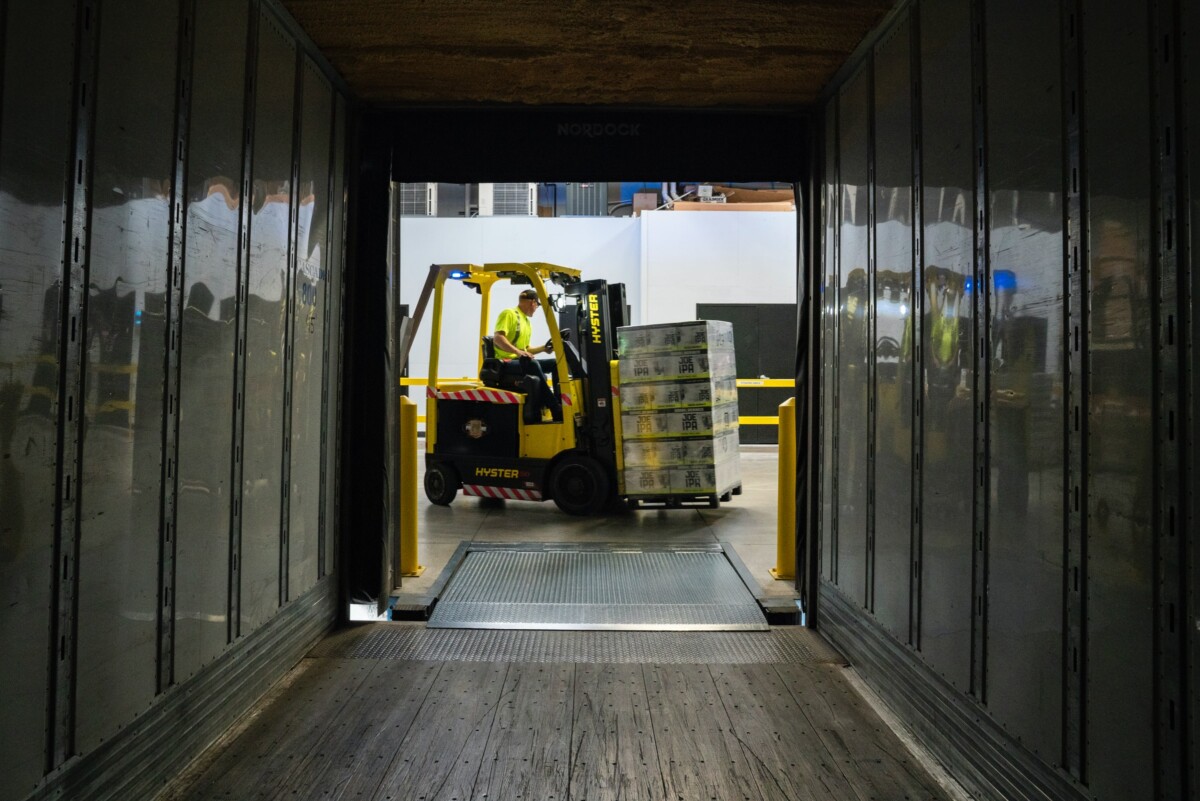Manual handling operations present a unique set of risks for companies in the manufacturing and packing sector. Mismanagement of risks or poor oversight can cost your company financially and legally. Your health, safety, and environmental officer should conduct periodic reviews and/or risk assessments to help keep employees safe. They should also work with employees to ensure they are properly trained on safe manual handling procedures.
Manual handling is any activity that involves transporting or supporting a load using hand or body force, examples include:
- Lifting
- Putting down
- Pushing
- Pulling
- Carrying
The Manual Handling Operations Regulations 1992 establishes an order of priority based on the risks:
- Set up guidelines that will avoid or lessen the manual handling of hazardous materials
- Assess the operational dangers of manually handling of harmful substances
- Find ways to reduce injury risk for handling such materials
Statistics for manual handling accidents
A 2011 Health and Safety survey showed that manual handling injuries account for one in every three accidents reported each year. Also:
- 20% of the manual handling injuries take place in the manufacturing industry
- Most of those manufacturing industry injuries occur when a person is lifting or carrying a load.
Injuries sustained by the workers can be physically and financially debilitating for the worker. It can also be costly for your company for a multitude of reasons, including:
- Sick pay
- Lost productivity
- Re-training
- Legal fees
- Injury benefits
However, injuries are preventable if you put the programs in place and actively manage them. Your company’s health and safety officer can even turn this into an opportunity to reduce short and long-term costs associated with employees injuries related to manual handling.
Steps in manual handling risk assessment
Conducting periodic risk assessments and review of workplace safety is the primary duty of an EHS officer. Your HSE officer should make use of the Manual handling assessment charts (MAC). This is a tool that helps companies identify the high-risk areas of their manual handling operations. However, MAC doesn’t cover all areas, so your organisation should conduct a risk assessment that is tailored to your company’s operations.
A proper risk assessment plan for manual handling should include:
- Searching for hazards
- Finding out the employee’s most at risk
- Evaluating the particular risks and deciding if the existing precautions are effective or not
- Recording the findings and informing the employees involved
- Reviewing the assessment and revise for situations involving:
- Significant changes in the working conditions
- The occurrence of an accident
- The return of employees after getting sick or injured as a result of their work
In addition to the above assessment items, HSE released assessment checklist that can be used by any company. This assessment includes identifying such things as:
- Do the tasks involve twisting, repetitive handling, strenuous pushing, or pulling?
- Are the loads heavy, bulky, or difficult to grasp?
- Is the working environment poor, hot, cold or humid?
- Does the job require unique capability, limited information or training?
- Does the work pose a risk to pregnant or young people?
Based on your company’s industry, your HSE officer will include other factors that can help protect your workers’ health and well-being. Conducting a functional risk assessment will help companies reduce the risk of injuries to employees and decrease business costs due to: Lost output, compensation claims, and higher insurance premiums.
Case Study Walk-Through: A Typical Packing Company
- The tasks: Employees working at a packing station have to transfer boxes weighing 15 kilograms each from the workbench to the pallets on the station’s floor.
- Collect relevant technical information about the process:
- Most boxes weigh 15 kilograms
- A worker lifts boxes into position repeatedly
- Carriers have to work below knee height when placing the items on the pallet
- The proximity of the pallet to the workers makes them engage their upper body and twist when placing the boxes to the pallet
3. Identify risks
- Manual handling requires twisting movement of the trunk
- Workers have to load the box while holding it while bending their torso forward
- The handling process could overwork the workers’ spine, hips, and arms
4. Introduce improvements in the work area
- Use a high lift or variable height pallet truck so that workers are working at optimum height
- Train staff on the correct use of the pallet truck
- Educate workers about the benefits of setting the equipment to the right height
- Introduce a job rotation system to make sure that no staff is doing the same job for long periods to reduce the risk of repetitive motion injuries
- Use a conveyor belt that is adjustable in height to allow the boxes to roll to the pallet
Wrapping Up
Handling of cargo is an integral part of any manufacturing and packaging businesses. While it’s possible to automate such tasks, it may prove impractical for some companies. It’s therefore vital for the HSE officer to identify any risks associated with manual handling operations. By keeping the working environment safe from potential hazards, the company can reduce the risks to employees and avoid unnecessary expenses.









